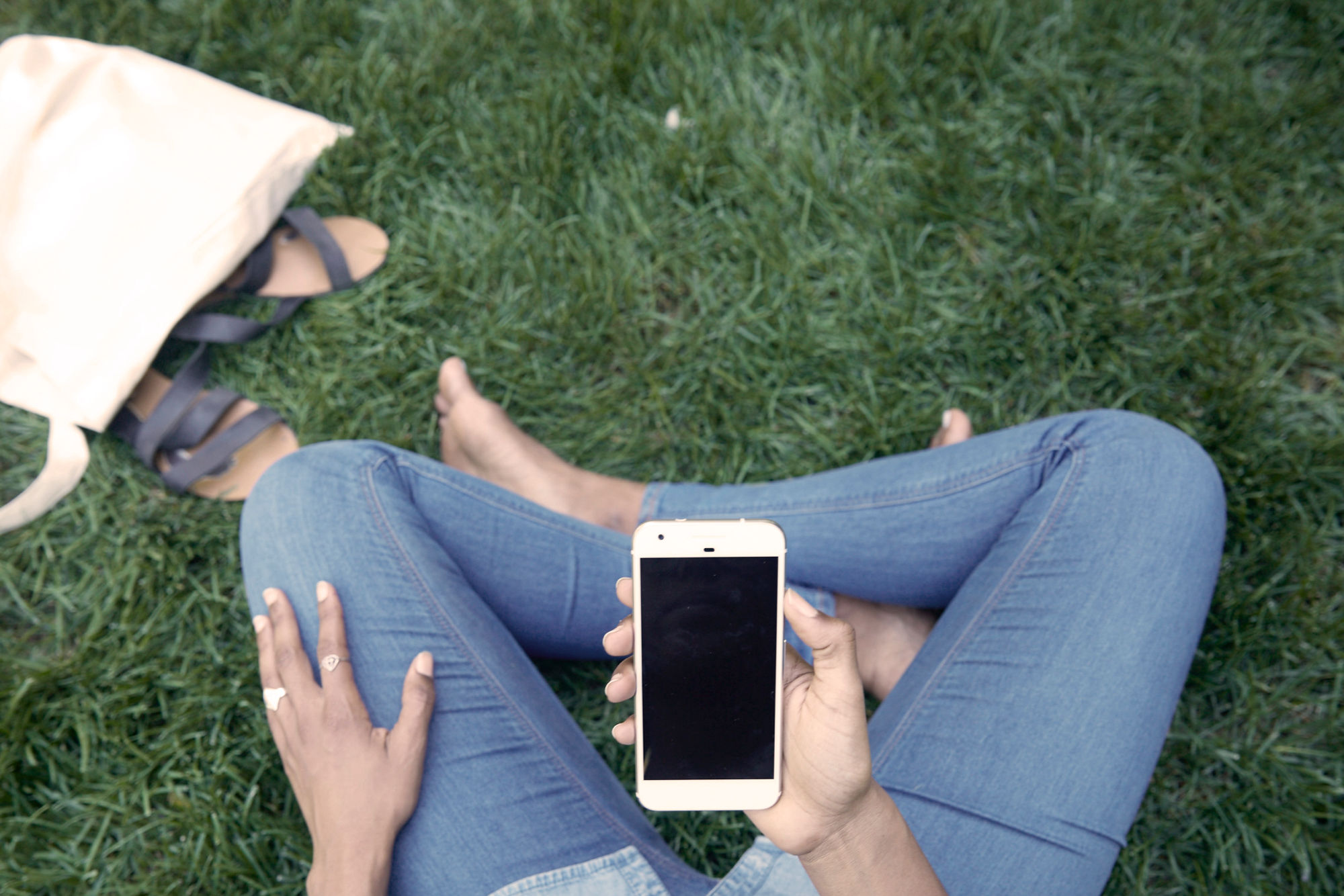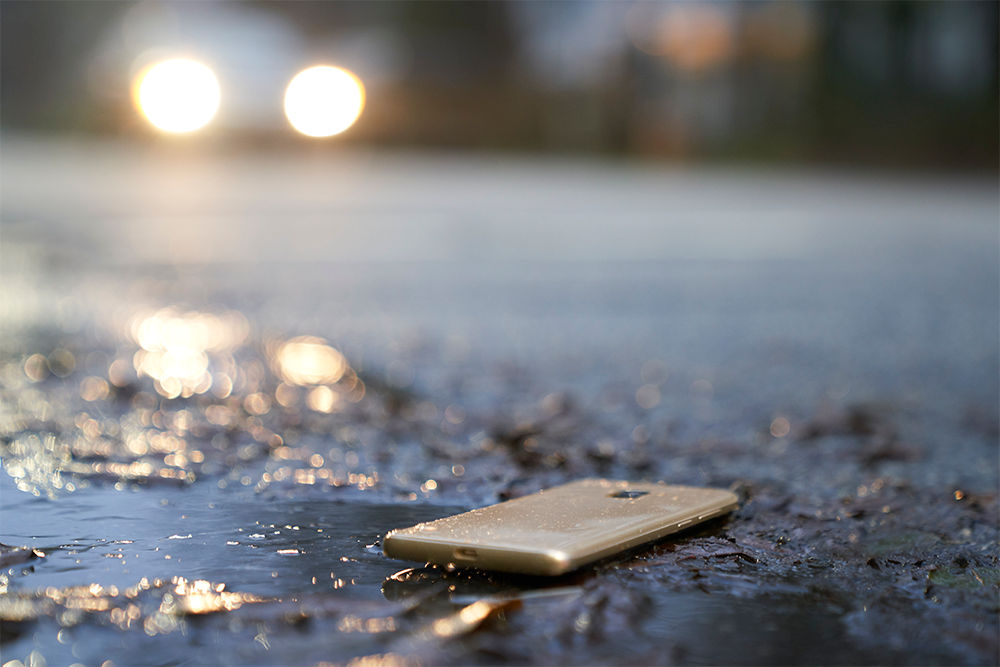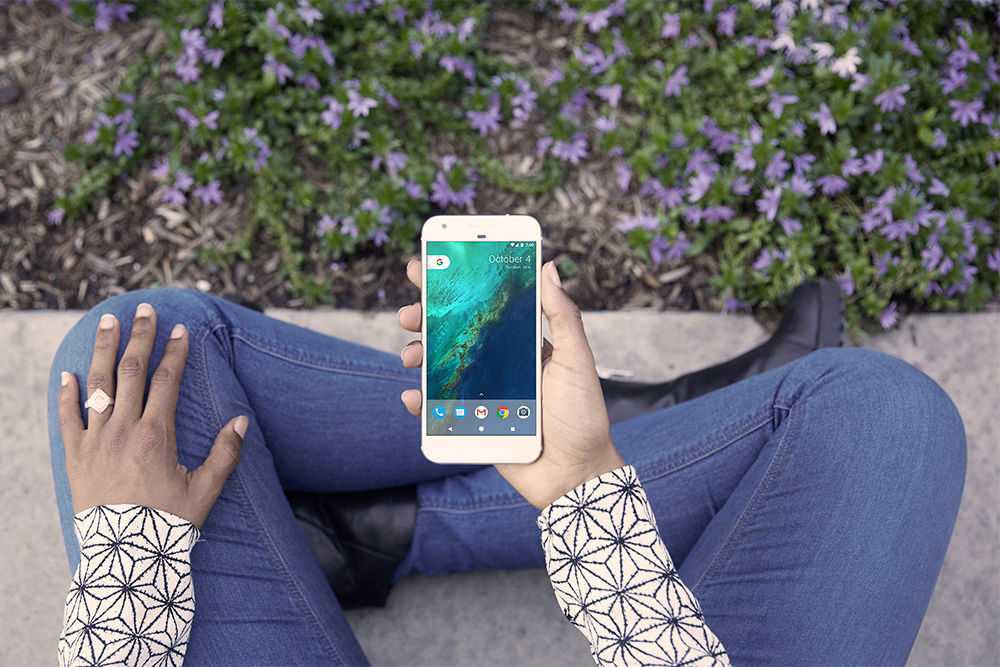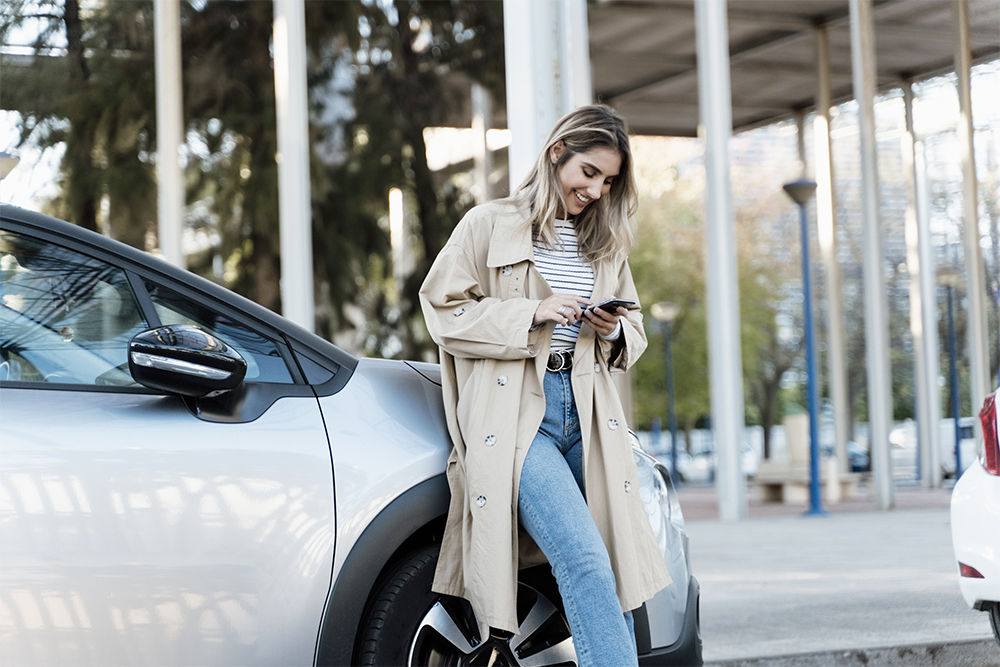Smartphones Articles

Conecta dispositivos móviles a tu televisor para tener el mejor entretenimiento
Ve las diferentes opciones para conectar tus dispositivos a tu televisor.

¿Qué es la adicción al teléfono móvil?
Si te aíslas del mundo, sufres depresión o sientes ansiedad cuando no puedes revisar tu teléfono, es probable que tengas una adicción al teléfono móvil.

Reciclaje y sostenibilidad de teléfonos móviles
Te mostramos 4 formas ecológicas de desechar tu teléfono móvil viejo.

Los mejores planes telefónicos y dispositivos móviles para adultos mayores
Tecnología adaptada para mayores de 65 años.

Cómo dirigir un blog desde tu smartphone
Mediante el uso de aplicaciones y accesorios, puedes administrar un blog de videos, fotografías, escritos o podcasts móvil vayas donde vayas.

La historia del teléfono Google Pixel.
Descubre más acerca de la evolución del Google Pixel.

Un servicio simplificado: un enfoque humano del servicio al cliente.
Descubre el enfoque de Verizon para ayudar a sus clientes.

La historia de los Apple iPhones
Échale un vistazo a los aspectos clave en el desarrollo del Apple iPhone.

Breve trayectoria del smartphone Samsung Galaxy S
Ve esta línea de tiempo de la serie S de smartphones Samsung Galaxy desde su lanzamiento en 2010.

Todos los colores del iPhone, cómo mantenerlo limpio y mucho más
Si vas a comprar un nuevo iPhone, es importante saber qué colores están disponibles y cómo mantener limpio tu nuevo teléfono.

Los mejores teléfonos resistentes de Verizon
Estos teléfonos resistentes pueden manejar casi cualquier cosa que se les presente.

Intercambio de un iPhone: ¿cuánto vale tu teléfono?
Usa el valor de intercambio de tu dispositivo para llevarte un iPhone nuevo.

Los 5 smartphones más fáciles de usar
Te mostramos 5 smartphones sencillos de Verizon que seguramente te encantarán.

Nuevas funciones de iOS 14 que te encantarán
La nueva actualización de iPhone cambiará la manera en que usas el dispositivo.

5 smartphones con la batería de mejor duración
Ve los mejores teléfonos de Verizon con la batería de mejor duración.

Comparación de iPhone 12, iPhone 13 y iPhone SE
Compara las distintas características de los últimos modelos de iPhone, desde el tamaño de la pantalla hasta las funciones de la cámara.

Compra un teléfono nuevo sin salir de casa
Compra un teléfono nuevo con solo unos clics a través de My Verizon.

Los beneficios de las identificaciones médicas en el smartphone
Las aplicaciones de identificaciones médicas para smartphones le permiten al personal médico acceder a información valiosa.

Cómo agregar una línea a tu plan de Verizon
Agregar otra línea a tu plan actual es rápido y sencillo con My Verizon.

Características y comparación del Samsung Galaxy S10 5G
Lee acerca del smartphone insignia de Samsung de 2019.

7 características de smartphones que querrás
¿Cuáles son algunas de las características avanzadas que incluyen los teléfonos nuevos como el iPhone 12 y el Samsung Galaxy S20?

Activa tu smartphone OnePlus 6T en Verizon
Descubre más sobre cómo puedes activar este smartphone en Verizon.

Especificaciones del Apple iPhone XS y XS Max
Examina las especificaciones del Apple iPhone XS y iPhone XS Max.

10 aplicaciones para smartphone gratis que todos necesitan
Usa estas 10 aplicaciones gratis para simplificar tus días.

Lo que debes saber sobre el lanzamiento anual del nuevo iPhone
5 razones por las que la gente está cambiando sus viejos iPhones por el dispositivo estrella de Apple de 2019.

¿Cuál es el teléfono prepagado ideal para ti?
Los smartphones Prepaid están disponibles en algunas de las mejores marcas del mercado.

Aplicaciones de emergencia que deberías descargar hoy
Estas aplicaciones iOS y Android pueden ayudarte a asegurarte de tener lo que necesitas, sin importar lo que la vida te presente.

Guía de smartphones para niños de primaria
Examina esta guía sobre teléfonos móviles para alumnos de primaria.

Los mejores teléfonos resistentes de Verizon
Estos teléfonos resistentes pueden manejar casi cualquier cosa que se les presente.

La mejor cámara para ti
Llévate el smartphone con la cámara que te ofrezca las funciones para tomar las fotos que desees, desde selfies hasta paisajes.

10 negocios para iniciar con un smartphone
Si quieres trabajar por tu cuenta, te mostramos cómo iniciar un negocio desde tu teléfono.

Los mejores teléfonos y accesorios para jugar
Juega como si tuvieras una consola vayas donde vayas con estos teléfonos, accesorios y herramientas nuevas.

Comparación de teléfonos Samsung Galaxy S10 - Parte 2
Echa un vistazo a las características del Samsung Galaxy S10, S10e y S10+.

Conductas positivas y negativas al usar el teléfono móvil en cualquier situación
Te compartimos consejos y trucos para adoptar actitudes correctas en el uso del teléfono móvil.

Los mejores teléfonos básicos de Verizon
Ve estos teléfonos sencillos que no te abrumarán cada 30 segundos.

Los mejores smartphones para videojuegos móviles
Ve algunos de los mejores smartphones para videojuegos móviles en Verizon.

Las 6 mejores aplicaciones para mensajería de texto grupal
Estas aplicaciones para mensajería de texto grupal te permite chatear con muchos amigos, familiares o compañeros de trabajo.

La mejor tecnología y los mejores teléfonos para niños, adolescentes, preadolescentes y más
Descubre las últimas ofertas y encuentra la opción ideal para tu familia.

Las mejores aplicaciones para bloquear los mensajes de texto mientras conduces
Todos debemos usar el "TTYL" antes de decir "OMG" por el auto.

Planes de telefonía familiares
Desde agregar una línea hasta hacer ajustes, esto es lo que debes saber sobre los planes familiares de Verizon.

Cómo (y por qué) intercambiar tu dispositivo
Ahorra en grande en un dispositivo nuevo al intercambiar tu dispositivo antiguo en línea.

Ofertas de smartphones y iPhones por menos de $500
Estas ofertas de teléfonos móviles son combos fabulosos y económicos que cuestan menos de $500.

¿Qué teléfono Samsung Galaxy es el ideal para ti?
Entre el nuevo Samsung Galaxy S23 y sus impresionantes predecesores, ¿cómo puedes saber cuál es el mejor teléfono Galaxy para ti?

Cómo usar Fotos de Google
Busca y encuentra fotos con mayor rapidez usando Fotos de Google.

5 motivos por los que necesitas tonos personalizados
Al establecer tonos personalizados, podrás evitar llamadas spam y saber quién llama.

Videochat: un instructivo breve
Échale un vistazo a estos consejos y accesorios para una experiencia de videochat óptima.

Cómo regalar aplicaciones de Android
Estas fiestas, regala aplicaciones de Android útiles, divertidas y modernas como siempre.

Sugerencias para usar tu teléfono móvil
¿Quieres descubrir más sobre cómo aprovechar mejor tu teléfono móvil? Consulta nuestros artículos para descubrir más.

Formas de hacer dinero con tu teléfono móvil
Existe un sinfín de maneras divertidas, emocionantes e inesperadas de hacer dinero usando tu smartphone.

3 cosas sorprendentes que puedes hacer con el Apple iPhone X
Descubre los superpoderes no tan obvios del smartphone emblemático de Apple.

Los mejores smartphones con pantallas grandes
Echa un vistazo a algunos de los mejores smartphones con pantalla grande de Verizon.

Teléfonos móviles para adultos mayores, con funciones que les encantarán
Los mejores celulares para adultos mayores tienen botones, opciones activadas por voz y más que les simplifica la vida y los mantiene conectados.

Valor de intercambio: respondemos las preguntas más importantes
¿Estás pensando en intercambiar tu teléfono? Aclaramos las dudas más comunes.

Cómo enviar un fax desde el teléfono
Aquí tienes algunas aplicaciones que te permiten enviar un fax desde tu teléfono.

Los mejores smartphones y accesorios
Equipa a tus adolescentes con los mejores smartphones y accesorios tecnológicos.
Todo acerca del Google Pixel 6 y 6 Pro
Comparamos las especificaciones y características del nuevo Google Pixel 6 y 6 Pro, así como sus accesorios.

Cómo grabar un video musical con el iPhone 13 Pro
Ya seas un TikToker, un YouTuber o simplemente quieras crear un video musical de primera calidad con tu iPhone, necesitas saber esto.

Año nuevo, nueva tecnología: qué esperar en 2022
2022 promete ser un gran año para la tecnología: desde teléfonos 5G ultrarrápidos hasta el metaverso.

Cómo tomar fotos profesionales con el iPhone
La fotografía del iPhone nunca ha sido tan profesional.

Samsung Galaxy: todo lo que debes saber
Compara los teléfonos Samsung Galaxy 5G más modernos y encuentra el ideal para ti.
Los mejores smartphones Android de 2020
Un análisis en detalle sobre los mejores teléfonos: Samsung, LG, Motorola y más.